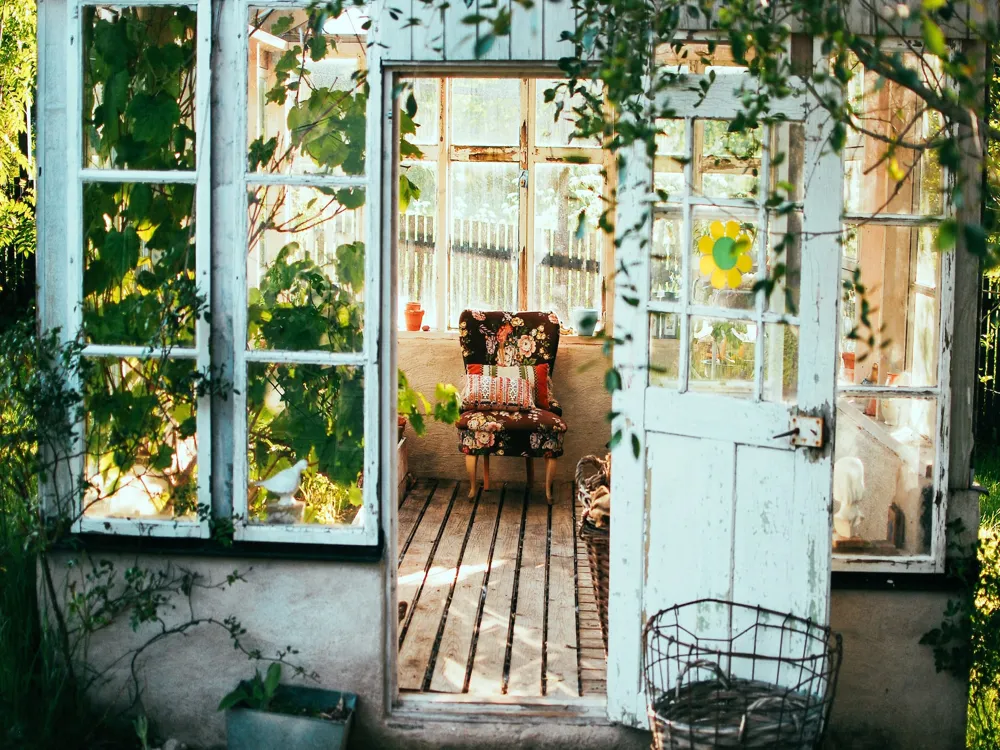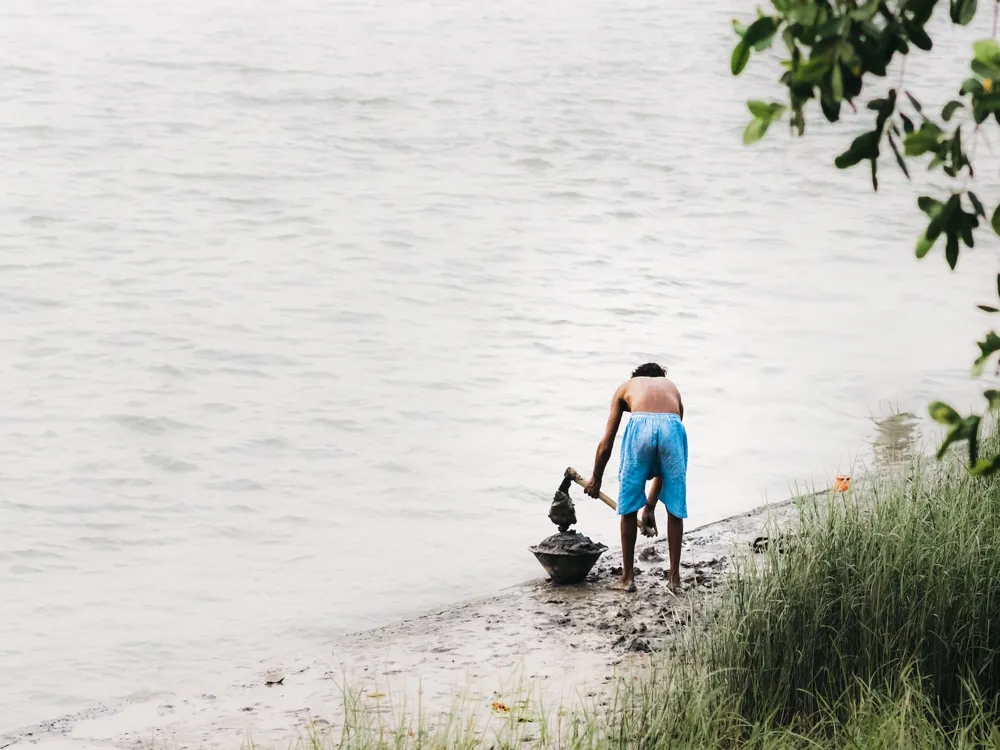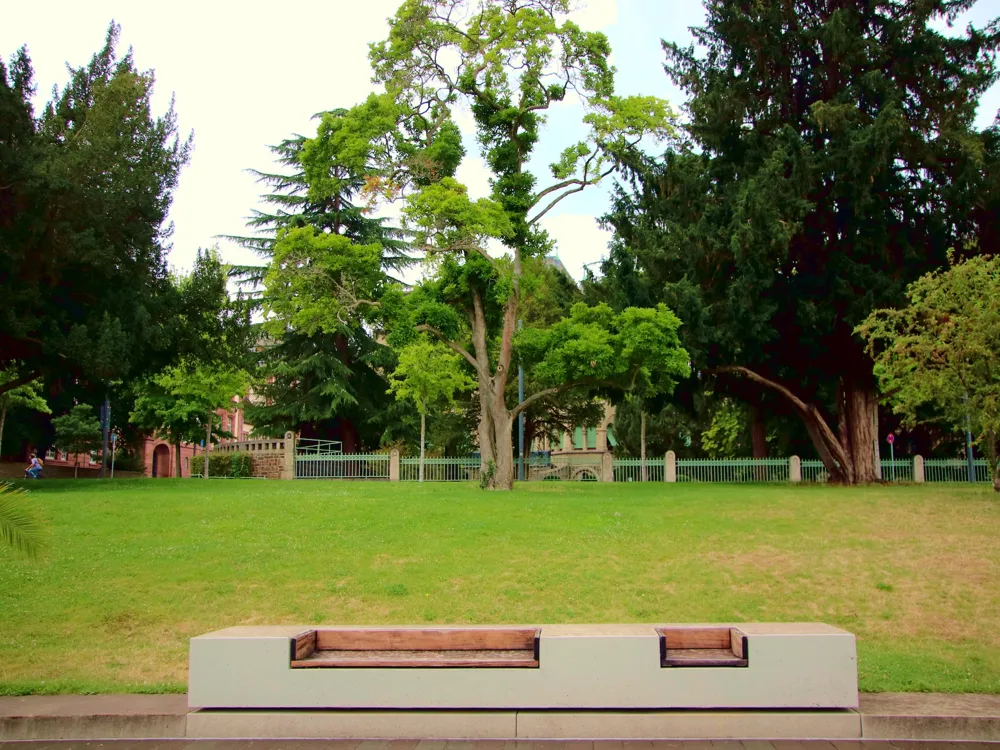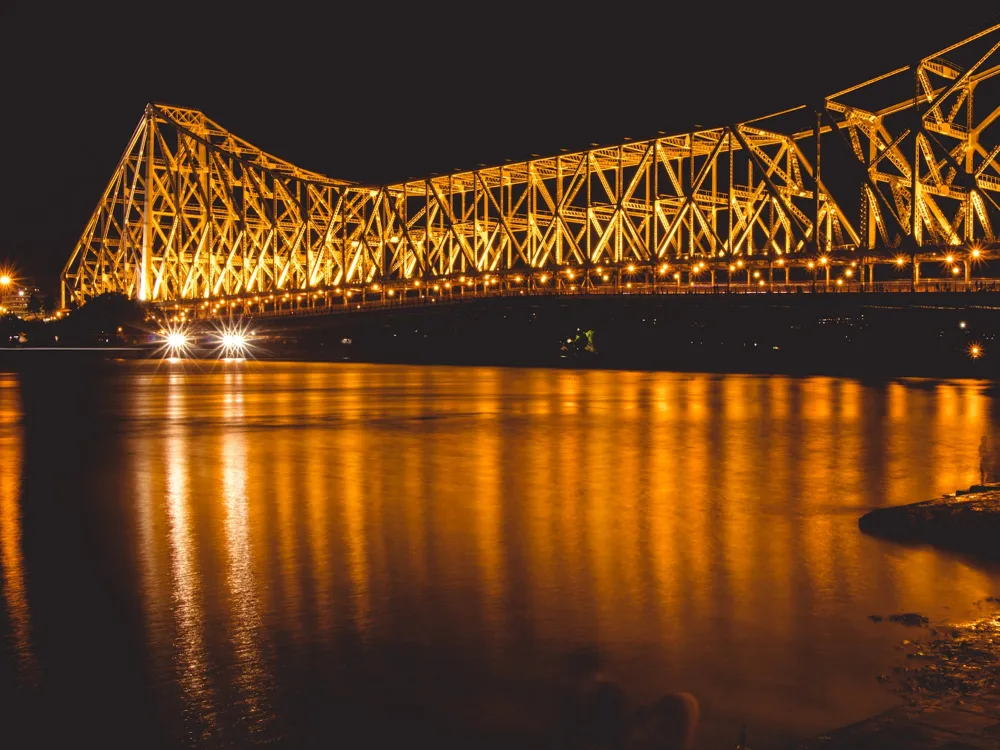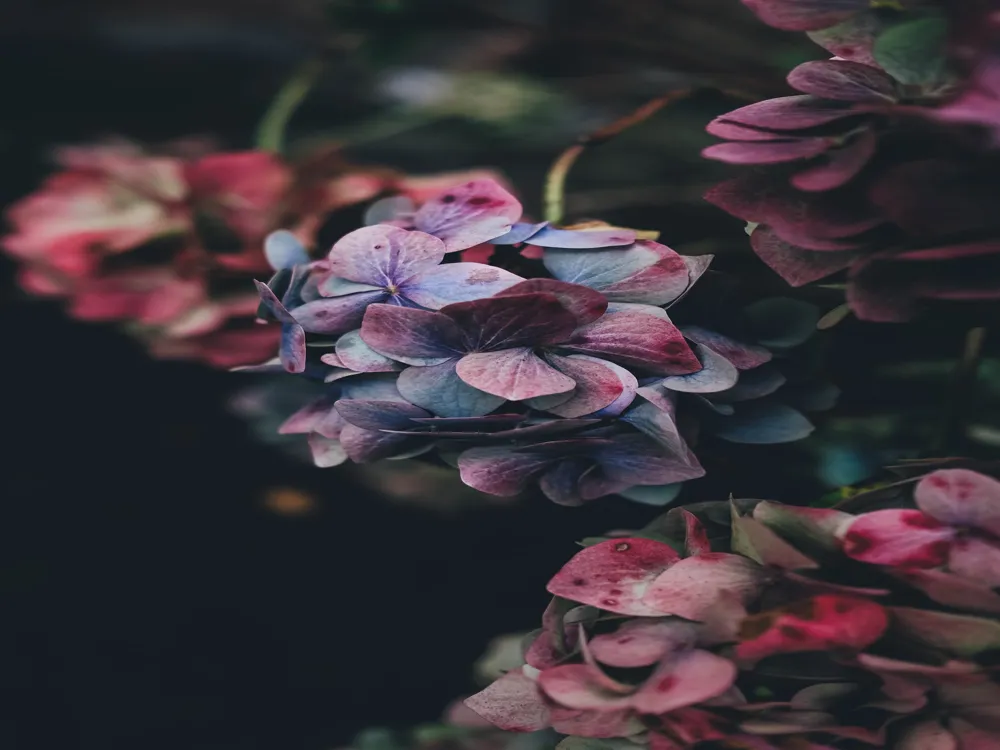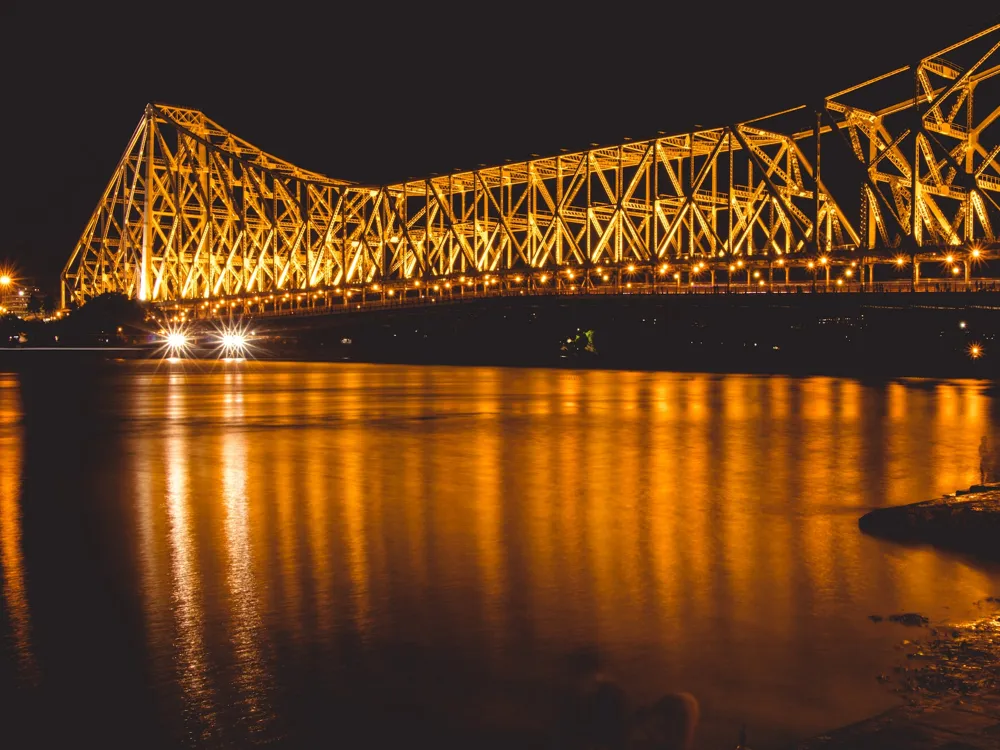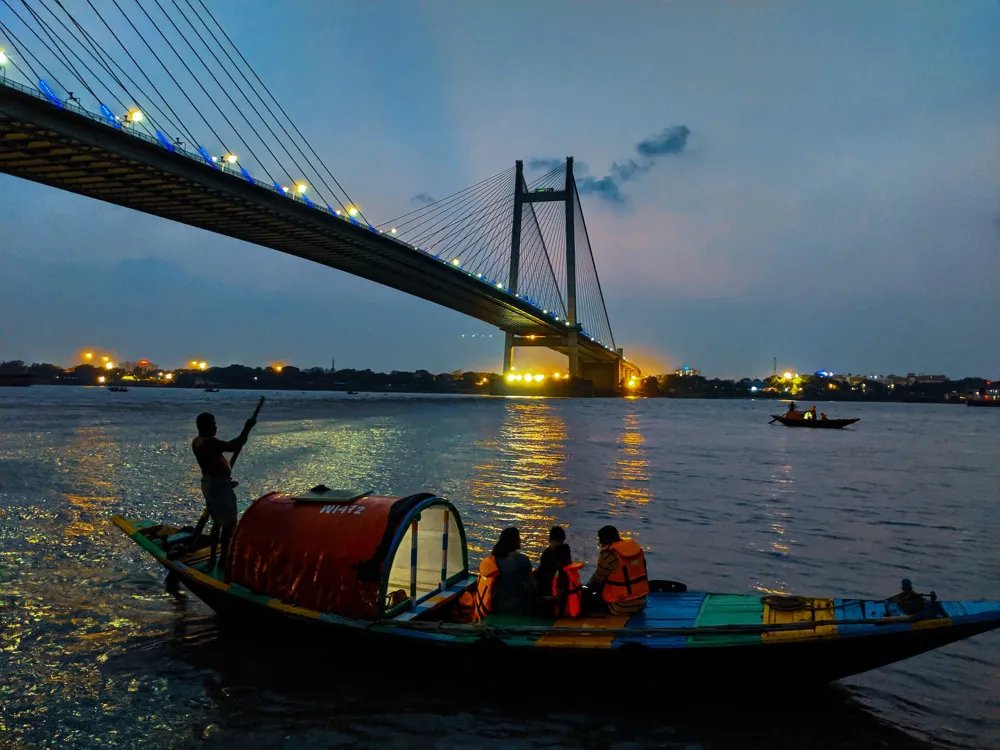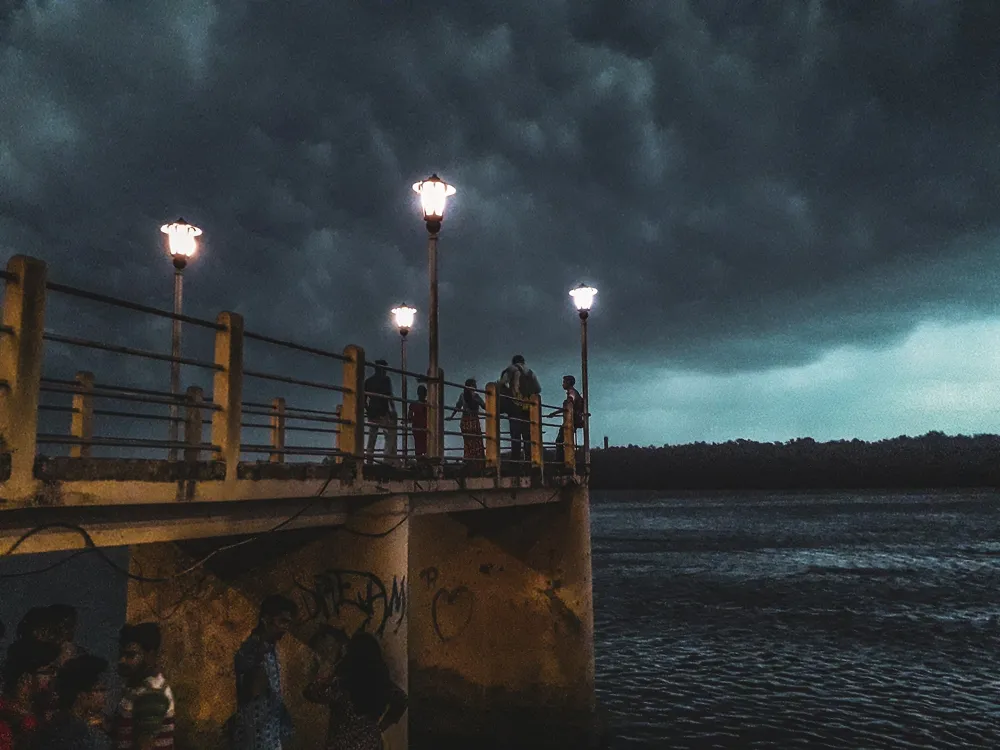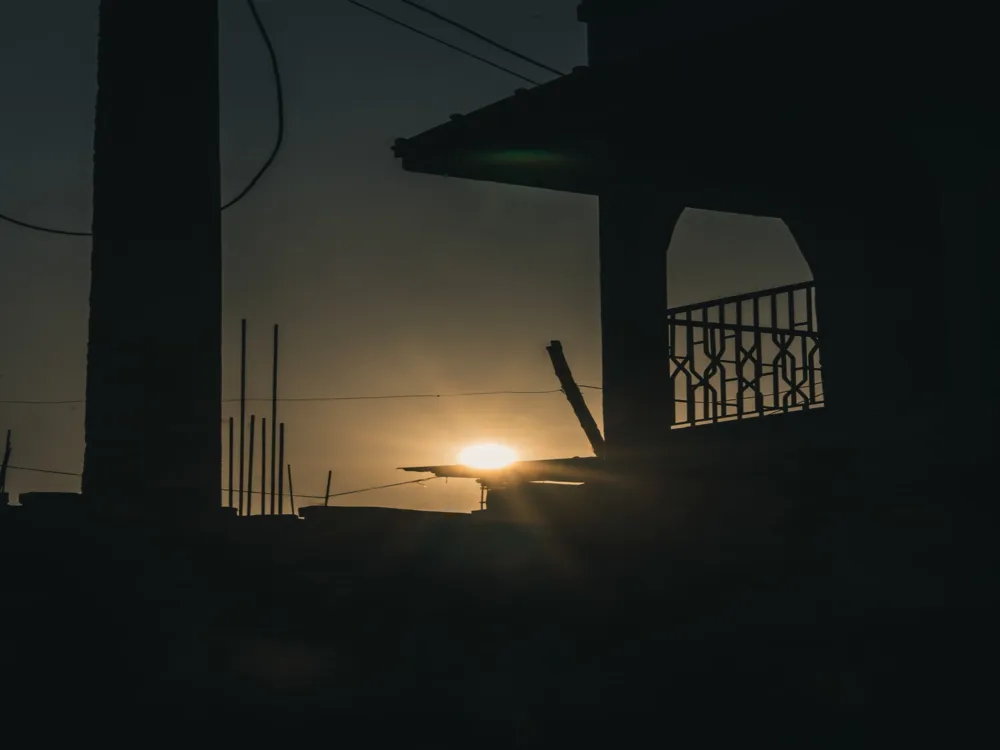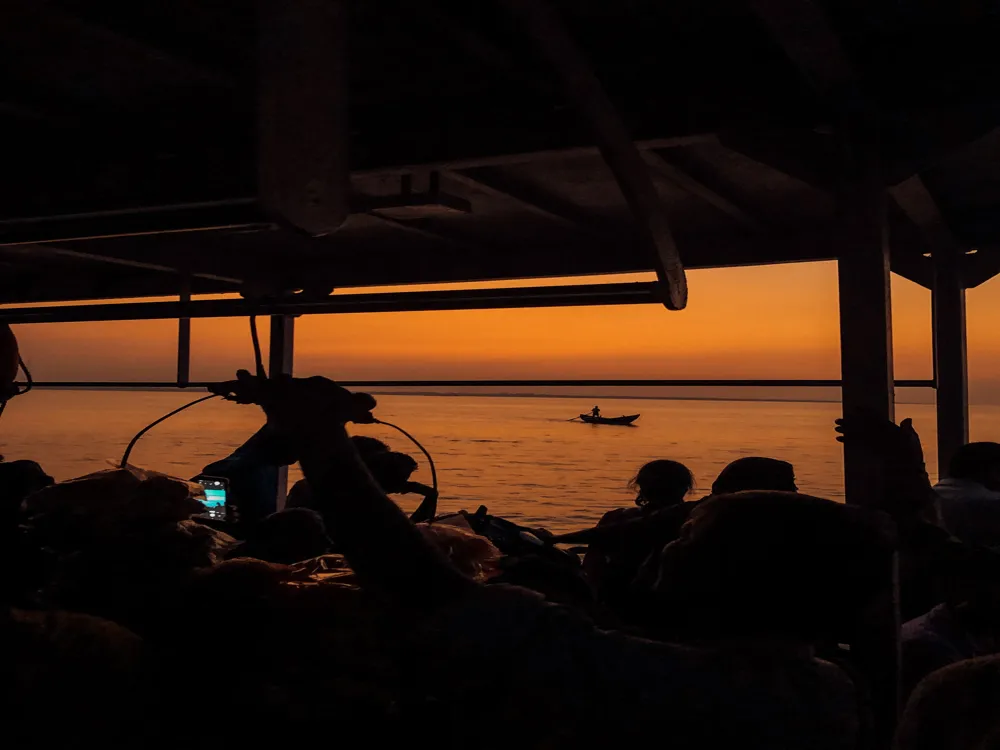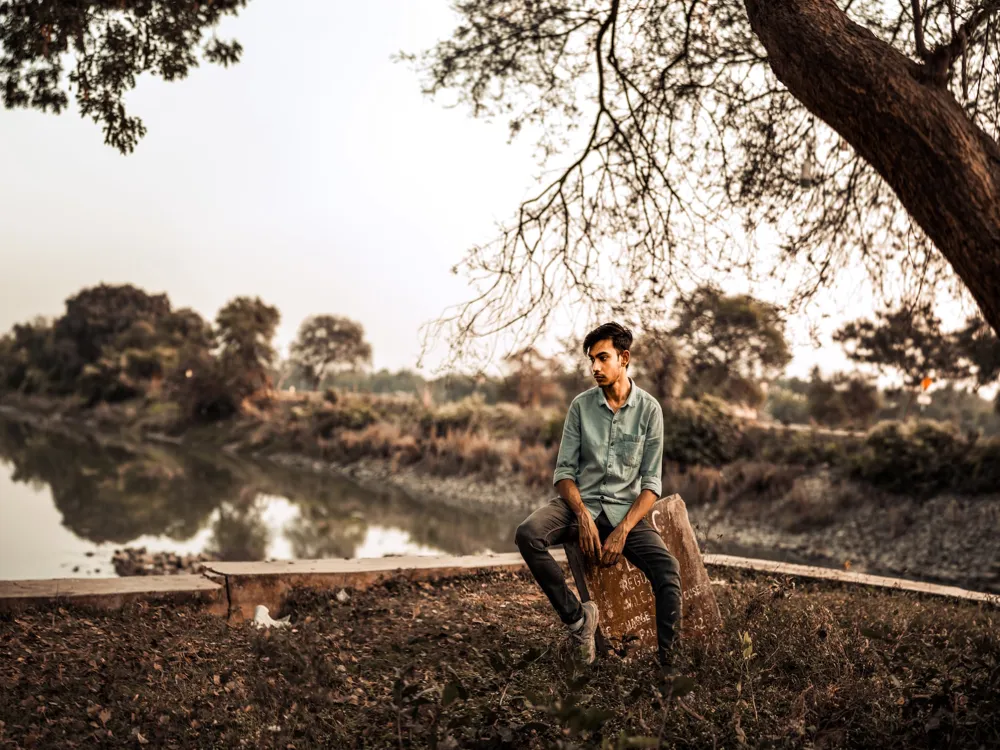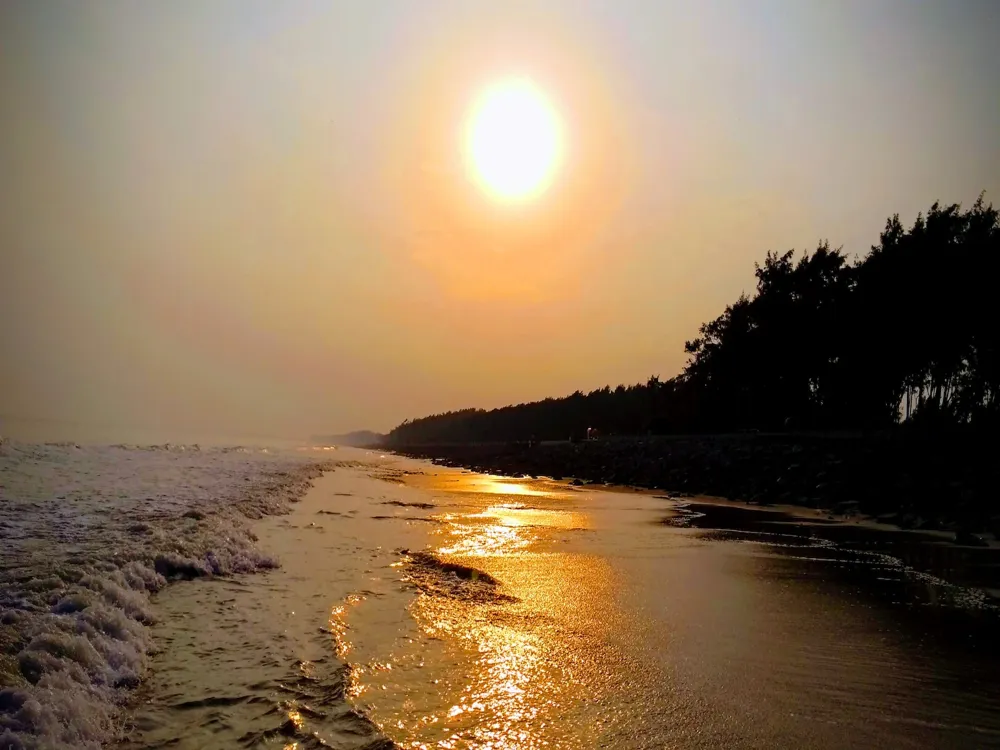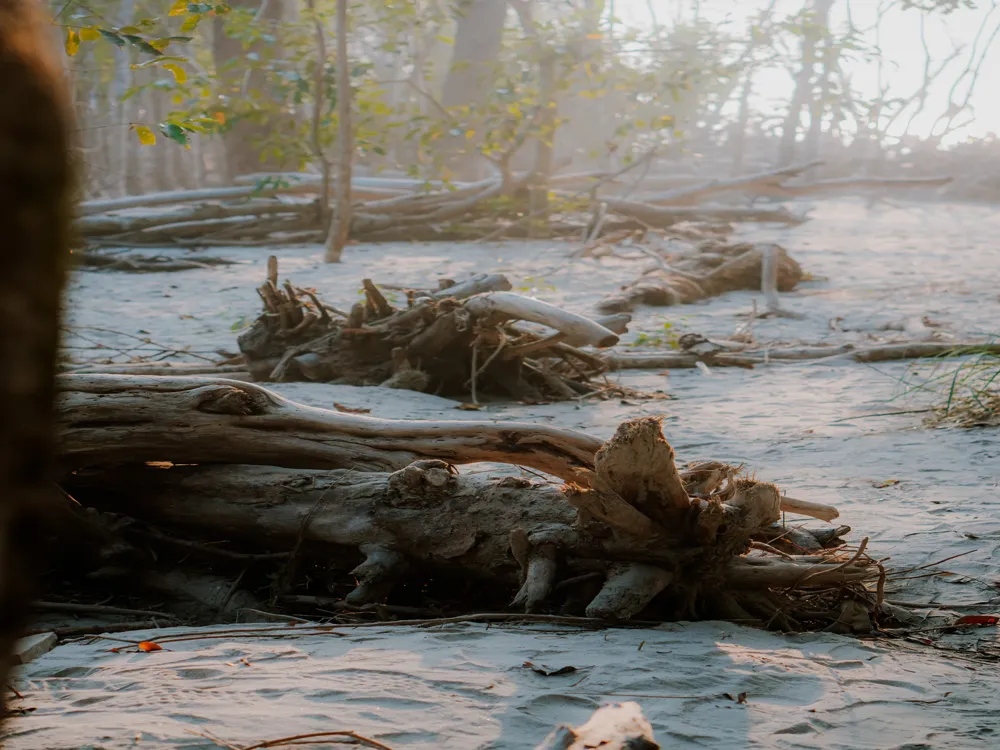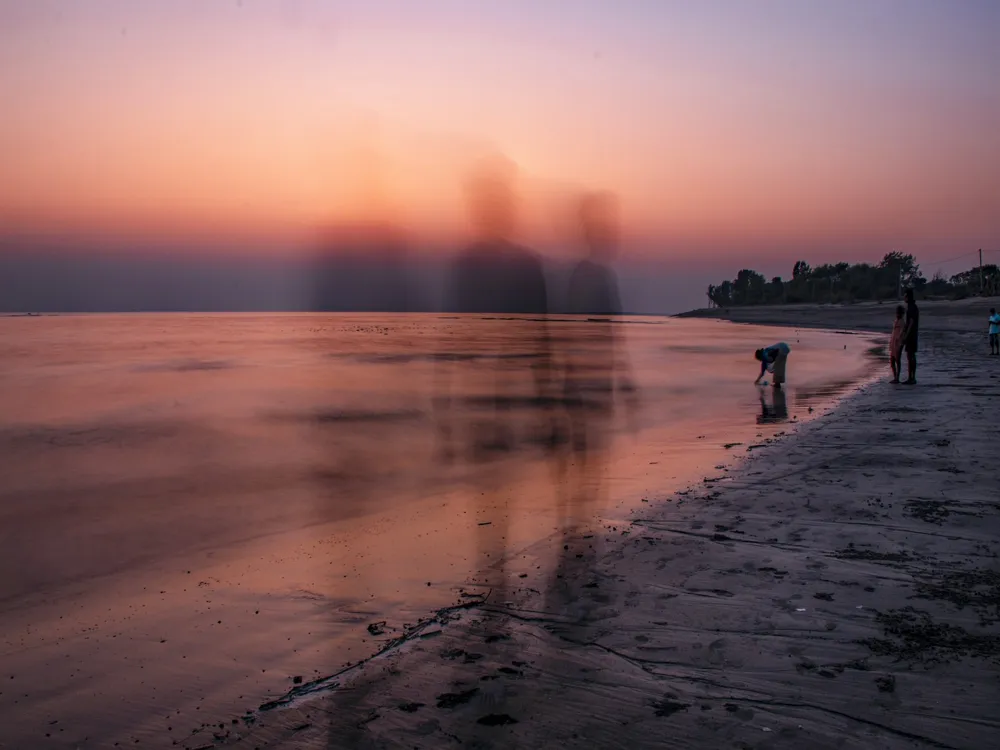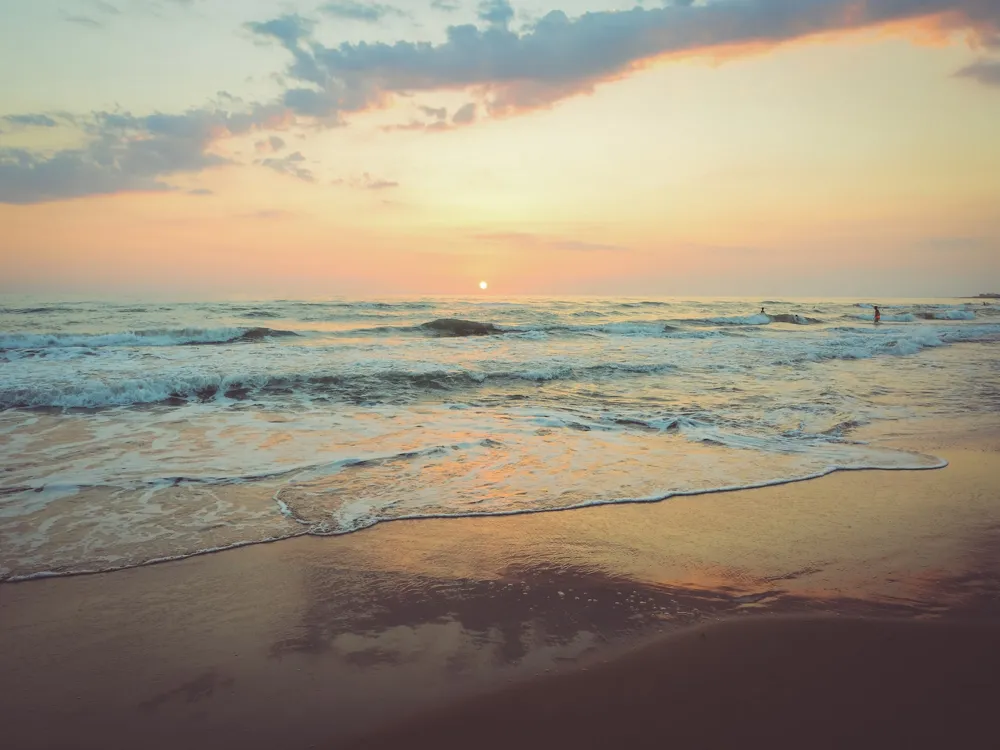Lal Dighi, located in Howrah, West Bengal, is a historic and picturesque lake that has been a significant part of the area's landscape. Known for its serene beauty and rich historical background, it offers a peaceful escape from the city's hustle and bustle. This lake has played a crucial role in the region's history and culture, making it a popular destination for both locals and tourists. The architecture surrounding Lal Dighi is a blend of historical and modern styles. Many of the buildings and structures around the lake date back to the colonial era, showcasing intricate designs and reflecting the historical significance of the area. The combination of old and new architectural styles creates a unique and captivating environment for visitors. 1. Best Time to Visit: The ideal time to visit Lal Dighi is during the cooler months from October to March, when the weather is pleasant for outdoor activities. 2. Carry Essentials: Remember to bring water, sunscreen, and a hat to stay hydrated and protected from the sun. 3. Respect the Environment: Keep the area clean and avoid littering to maintain the lake's natural beauty. 4. Photography: Lal Dighi offers stunning views for photography enthusiasts, so don’t forget your camera. 5. Explore Nearby Attractions: Take time to explore nearby historical sites and local markets for a complete experience. Lal Dighi is easily accessible from different parts of Howrah and Kolkata. Visitors can reach the lake by local buses, taxis, or auto-rickshaws. The nearest railway station is the Howrah Junction, which is well-connected to various parts of the city. For those coming from Kolkata, the Howrah Bridge offers a direct route to the lake. READ MORE:Overview of Lal Dighi, Howrah, West Bengal
Architecture of Lal Dighi
Tips When Visiting Lal Dighi
Click to view tips
How To Reach Lal Dighi
Lal Dighi
Howrah
West Bengal
NaN onwards
View howrah Packages
Weather :
Tags : Historical Site
Timings : 12:00 AM - 11:59 PM
Time Required : 1 hour
Entry Fee : No Entry Fee
Planning a Trip? Ask Your Question
Howrah Travel Packages
View All Packages For Howrah
Top Hotel Collections for Howrah

Private Pool

Luxury Hotels

5-Star Hotels

Pet Friendly
Top Hotels Near Howrah
Other Top Ranking Places In Howrah
View All Places To Visit In howrah
View howrah Packages
Weather :
Tags : Historical Site
Timings : 12:00 AM - 11:59 PM
Time Required : 1 hour
Entry Fee : No Entry Fee
Planning a Trip? Ask Your Question
Howrah Travel Packages
View All Packages For Howrah
Top Hotel Collections for Howrah

Private Pool

Luxury Hotels

5-Star Hotels

Pet Friendly







